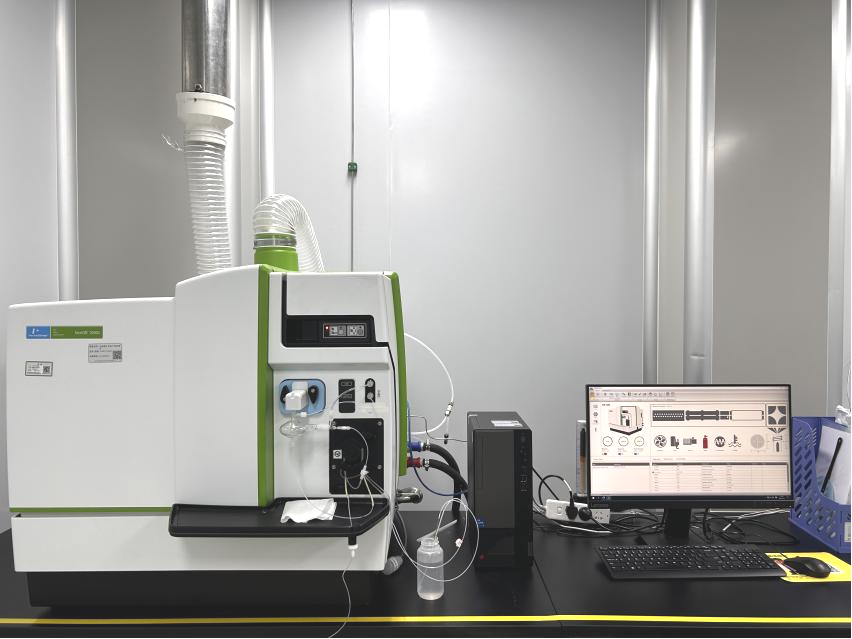




























Purified water is a fundamental raw material widely used in critical sectors such as pharmaceuticals, electronics, and laboratories.

| Project Background
Purified water is a fundamental raw material widely used in critical sectors such as pharmaceuticals, electronics, and laboratories. Its purity directly affects product quality, process stability, and the accuracy of experimental results. Rigorous purification processes (e.g., reverse osmosis and ion exchange) cannot completely eliminate trace metallic elements such as Pb, As, Cd, Hg, Fe, Cu, and Ni from water. These elemental impurities may adversely impact product performance and interfere with experimental results. Therefore, elemental analysis is an essential quality control measure to monitor the quality of purified water, ensuring its compliance with established standards and suitability for intended applications.
| Project Overview
This test employs Inductively Coupled Plasma Mass Spectrometry (ICP-MS) to perform qualitative and quantitative analysis of trace elements in purified water samples. Its core principle is to atomize the elements through high-temperature plasma, followed by separation according to their mass-to-charge ratio (m/z) using a quadrupole mass spectrometer. A collision/reaction cell (KED mode) is applied to eliminate polyatomic interferences. After filtration and acidification, the samples are directly introduced, and matrix effects are corrected through online internal standards. A calibration curve is then established, enabling the simultaneous detection of more than 70 elements. The detection limit can reach 0.01 μg/L (10 ppt), with high sensitivity and strong anti-interference capability.
| Test Objective
1. Determine the content of key elements in purified water to confirm compliance.
2. Quantitatively analyze the levels of trace element impurities to evaluate the suitability and safety of purified water for specific applications in pharmaceuticals, electronics, and laboratory use.
3. Diagnose potential issues in purified water preparation or distribution systems (such as resin failure, pipeline corrosion, or microbial growth) based on elemental distribution characteristics.
| Testing Standards
ASTM D1193 Standard Specification for Reagent Water
GB/T 37837 General rules for quadrupole inductively coupled plasma mass spectrometry
| Service Products / Fields
Consumer electronics, automotive electronics, semiconductor manufacturing, pharmaceutical biotechnology, aerospace, new energy electronics, laboratories, and analytical testing.
| Project Advantages
1. Professional Team: Equipped with a number of highly experienced testing engineers and technical experts.
2. Advanced Equipment: Equipped with internationally leading testing instruments to ensure accuracy and reliability of results. Extremely high sensitivity and ultra-low detection limits (down to ppb–ppt levels), simultaneous multi-element analysis, and strong anti-interference capability.
3. Efficient Service: Rapidly respond to customer needs and provide one-stop, high-efficiency inspection services.
4. Authoritative Certification: The laboratory is certified by ISO/IEC 17025, ensuring that test reports have international credibility.